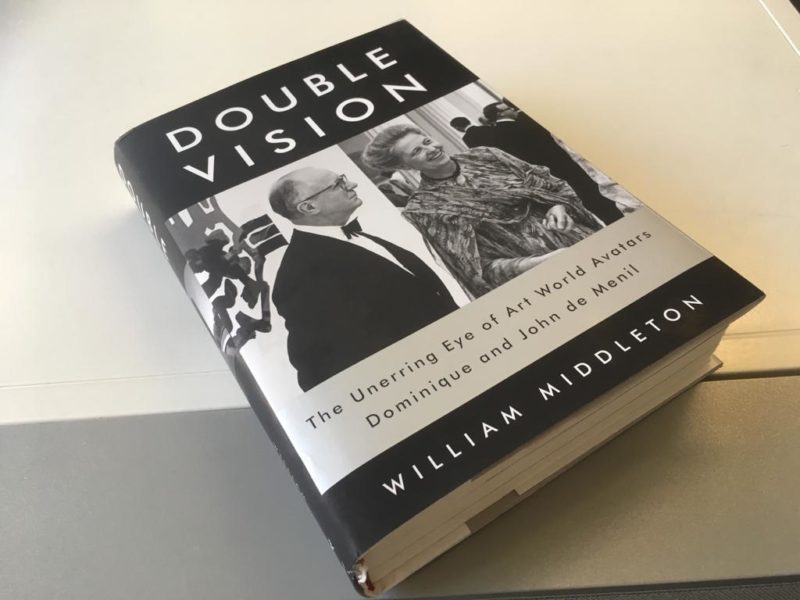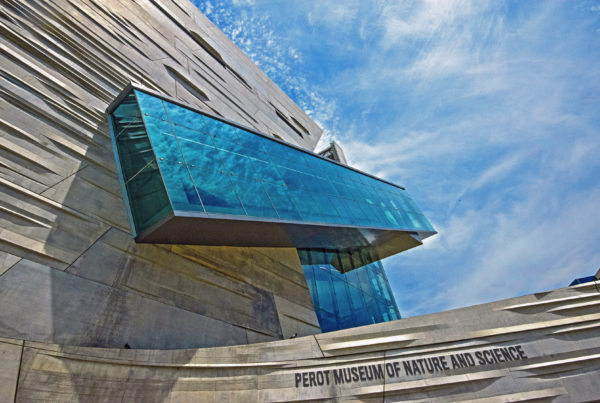For many, Houston is known worldwide for oil and world-class art. Although at first glance the two have nothing to do with each other, former Harper’s Bazaar writer William Middleton’s new book shows the connection that exists between oil and art in Texas.
“Double Vision” is Middleton’s dual biography of Dominique and John de Menil, famous French oil industry billionaires and art collectors who moved to Houston and changed the city’s cultural landscape.
“They were the product of a very specific kind of French family and French education,” Middleton says. “They arrived in the city that had very little. They sort of took a look around and said ‘let’s do something about that’.”
Their fortune came from Dominique de Menil’s father, Conrad Schlumberger, a physicist whose company became the world’s largest oil corporation.
“Originally he thought he was going to be able to prospect for gold and other precious minerals, and then it turned out that it worked for oil,” Middleton says.
John de Menil played a big role in turning Schlumberger’s business into a multinational company. He and his wife decided to put together their first art exhibition.
“They ended up getting 21 perfect little paintings, watercolors and sketches by Vincent van Gogh into this tiny building made of metal in downtown Houston that was optimistically called the Contemporary Arts Museum,” Middleton says. “They ended up having 14,000 people through that exhibition in three weeks. It was far and away the most important cultural manifestation ever seen in the state of Texas.”
For Middleton, his fascination with the de Menils’ lives stems from their commitment to civic life.
The Broken Obelisk, a monument by American artist Barnett Newman, was acquired by the couple and unveiled in 1969, one year after the assassination of Martin Luther King Jr. For that reason, it has a dedication to the civil rights activist.
“The city council didn’t want that,” Middleton says. “John de Menil wrote to the artist that he sent the following letter to the city council that if that dedication to Martin Luther King Jr. wasn’t acceptable, perhaps they would consider the other, which was ‘forgive them, for they know not what they do’.”
The monument was placed just outside of Houston’s Rothko Chapel.
Middleton said that his motivation behind this book was to portray the spirit of a couple that turned Houston into a center of arts.
“They felt that that fortune brought with it responsibility to make the world a better, a more interesting, a more beautiful place.”
Written by Cesar Lopez-Linares.
















